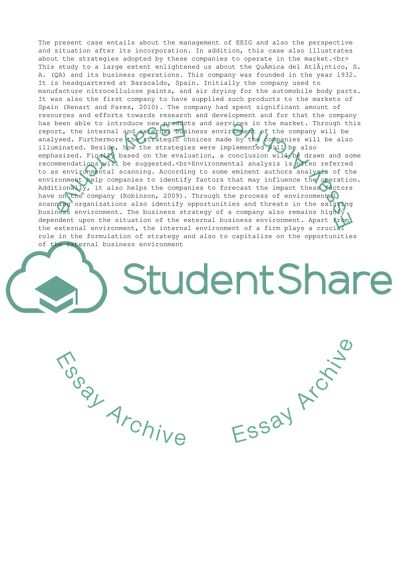Cite this document
(EEIG case, on alliances Essay Example | Topics and Well Written Essays - 2000 words - 1, n.d.)
EEIG case, on alliances Essay Example | Topics and Well Written Essays - 2000 words - 1. https://studentshare.org/business/1789835-eeig-case-on-alliances
EEIG case, on alliances Essay Example | Topics and Well Written Essays - 2000 words - 1. https://studentshare.org/business/1789835-eeig-case-on-alliances
(EEIG Case, on Alliances Essay Example | Topics and Well Written Essays - 2000 Words - 1)
EEIG Case, on Alliances Essay Example | Topics and Well Written Essays - 2000 Words - 1. https://studentshare.org/business/1789835-eeig-case-on-alliances.
EEIG Case, on Alliances Essay Example | Topics and Well Written Essays - 2000 Words - 1. https://studentshare.org/business/1789835-eeig-case-on-alliances.
“EEIG Case, on Alliances Essay Example | Topics and Well Written Essays - 2000 Words - 1”. https://studentshare.org/business/1789835-eeig-case-on-alliances.


